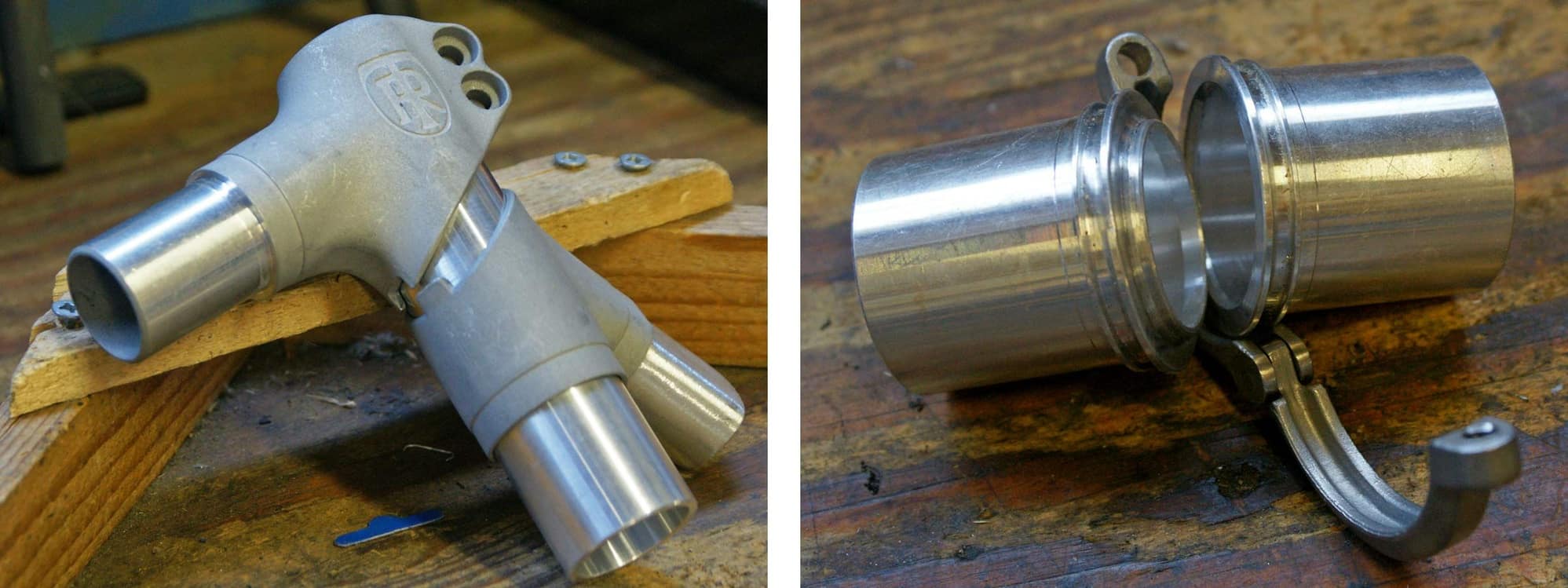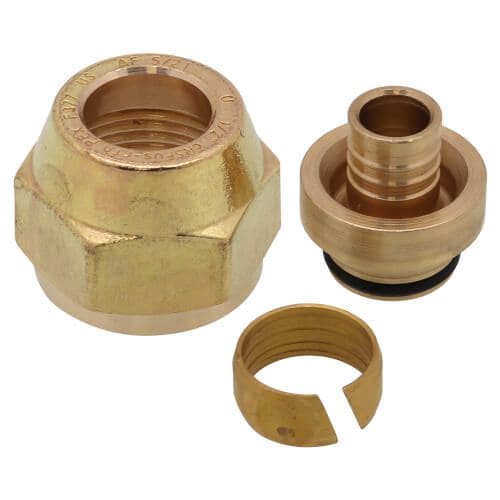For decades I've been musing about this, and I think the central problem is not understanding what holds various types of joints together. Dissimilar material joints on bikes are essentially torque tubes held together by surface area.
Consider a simple wood vertical post with a horizontal 2x4 nailed to the side of it to stick out and support a hanging weight, like a planter. When the weight is applied, trying to twist the horizontal piece down, is it the strength of the nails preventing the horizontal from pivoting down? Not really. The tension of the nails is forcing the two wood surfaces together with such force that their friction cannot be overcome.
Bicycle slip joints also work like that. The brazing material or epoxy joining the lug to the tube aren't just holding the two in position, they are creating an enormous surface that distributes the shear strength of the bonding agent, so when the tubes and lugs try to twist apart it is like a thousand tiny nails connecting them.
Imagine that same slip joint lug, but instead of glue or solder it has four screws. The screws will lock together the tube and lug at those points, but the rest of the joint will essentially be loose. Inevitably, those four screws will either shear, or the thin metal tubing they are going through will tear at the holes.
The most impressive mechanical bicycle joints I have seen are on the Ritchey Break-Aways:

The top joint is essentially two seat post binders on one post. This works because seatposts are considerably thicker than frame tubing, so clamping to them doesn't cause them to compress significantly. Trying to clamp like that around frame tubing would just cause the tubing the compress and be able to swivel under load.
The bottom joint is simpler, but also relies on thick, incompressible pieces that have considerable surface area between them, clamped by a thick bracket that can't really stretch under clamping forces. If you tried to that by just flaring the ends of the steel tubes, you would have to use a much larger clamping structure to force them together and resist the tendency of the thin tubing to change shape or thickness under pressure.
Both joints still rely on bonding agents to join to the tubes.
In summary, to make tubing with wall thicknesses appropriate for bicycles work with hardware, you need to have to have relatively incompressible clamping structures to force the tubing into maximum clamped surface contact. And the problem with that is that the amount of metal necessary to accomplish this makes the frame much heavier than the basic concept of two tubes slipped together and then filled with bonding agent. The Ritchey only has two like that, so the penalty is small compared to the 14 main joints holding together a normal bike.
The closest I can think of is something like plumbing fitting that forces the tubing between a rigid inner sleeve, a split ring and an outer clamping piece that compresses it all together. Instead of a threaded outer ring you might be able to save weight by compressing the ring down with small screws.
